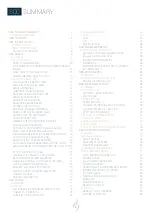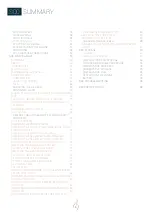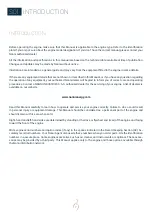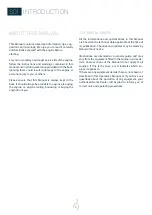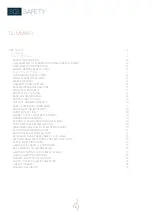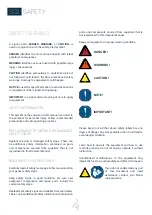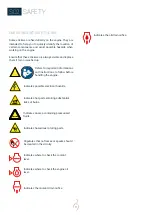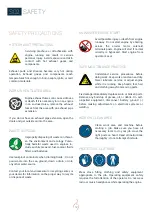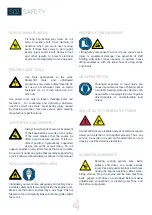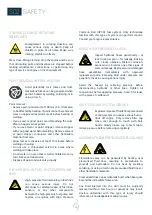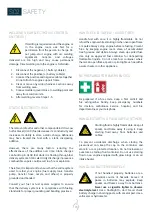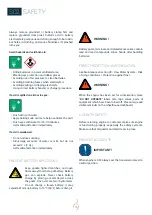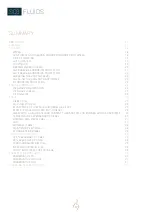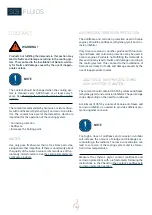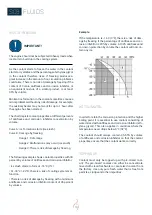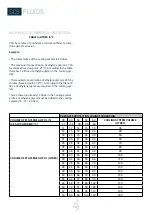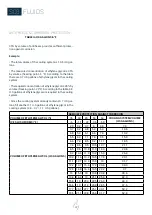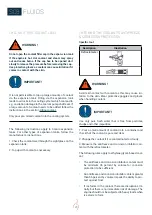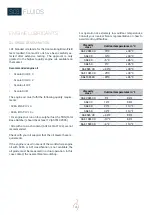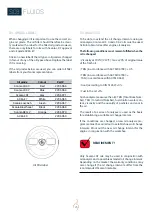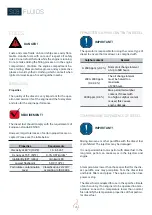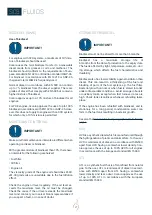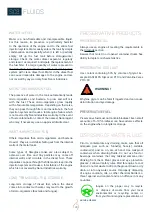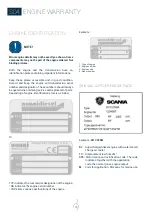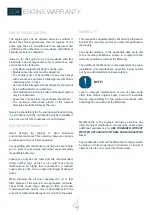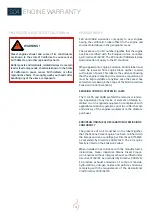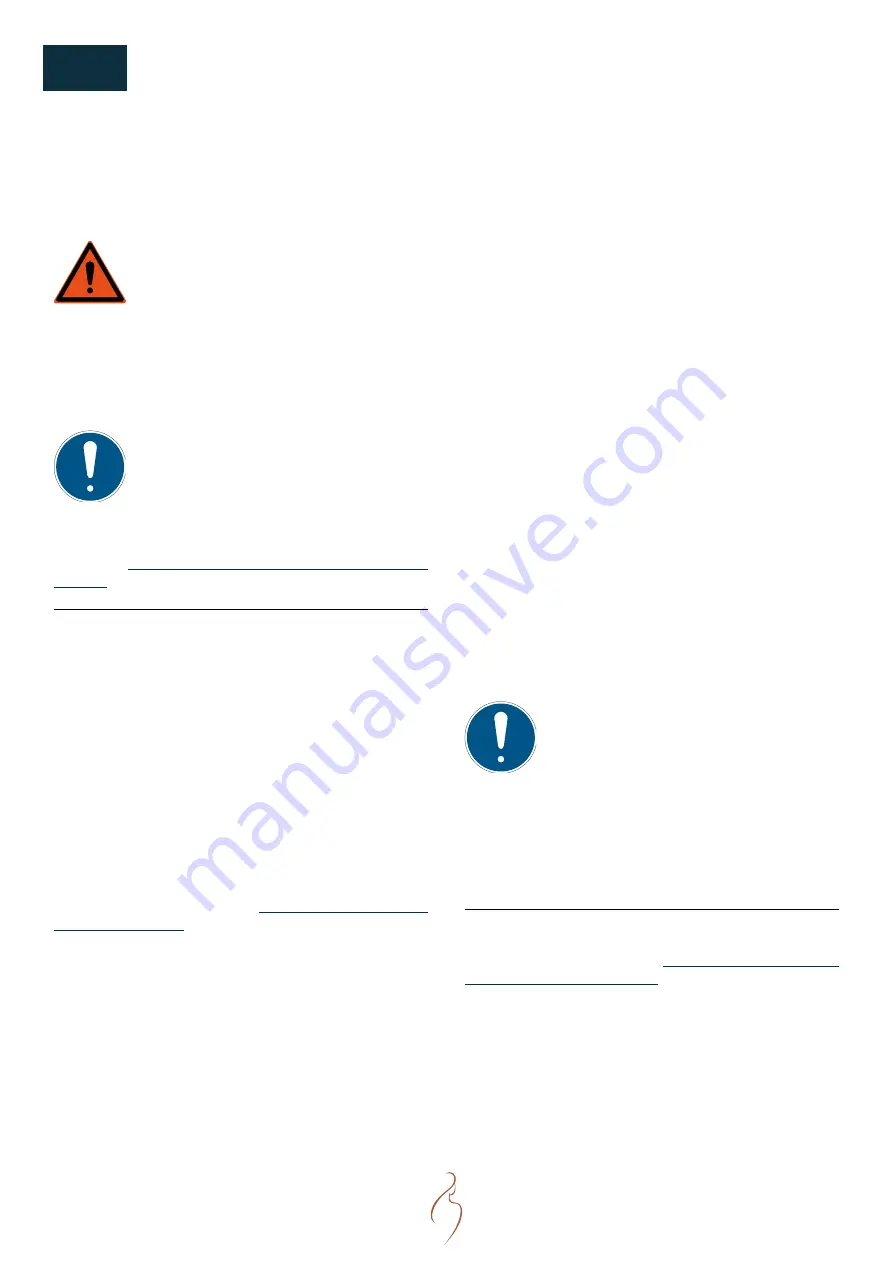
18
S03
FLUIDS
COOLANT
WARNING !
Products not fulfilling the demands in this section may
lead to faults and damage occurring in the cooling sys
-
tem. This can lead to the invalidation of Nanni’s warran
-
ty for faults and damage caused by the use of inappro
-
priate coolant.
The coolant should be changed when the cooling sys-
tem is cleaned: every 6,000 hours or at least every 5
years. See Changing the coolant & cleaning the cooling
system.
The coolant recommended by Scania is a mixture of wa-
ter with antifreeze (ethylene glycol) and corrosion inhib-
itor. The coolant has several characteristics which are
important for the operation of the cooling system:
• Corrosion protection.
• Antifreeze.
• Increases the boiling point.
WATER
Use only pure fresh water that is free from parti-cles,
sludge and other impurities. If there is uncertainty about
the quality of the water, Scania recommends use of Sca-
nia ready-mixed coolants. See the section Recommend-
ed Scania products.
NOTE
ANTIFREEZE & CORROSION PROTECTION
The antifreeze and corrosion protection used in Scania
engines should be antifreeze (ethylene glycol) and cor-
rosion inhibitor.
Only Scania coolant or another product with function-
ing antifreeze and corrosion protection may be used in
Scania engines. Products not fulfilling the demands in
this section may lead to faults and damage occurring in
the cooling system. This can lead to the invalidation of
Scania’s warranty for faults and damage caused by the
use of inappropriate coolant.
ADDITION OF ANTIFREEZE & CORRO-
SION INHIBITOR TO WATER
The coolant should contain 35-55% by volume antifreeze
(ethylene glycol) and corrosion inhibitor. The percentage
varies depending on the need for antifreeze.
A minimum of 35% by volume of Scania anti-freeze and
corrosion inhibitor is needed to provide sufficient pro
-
tection against corrosion.
NOTE
Too high a dose of antifreeze and corrosion in-hibitor
will increase the amount of sludge and blockages ac-
cumulating in the radiator. Too low a concentration can
lead to corrosion of the cooling system and ice forma-
tion at low temperatures.
Measure the ethylene glycol content (antifreeze and
corrosion protection) with a refractometer following the
instructions in the Checking the coolant’s antifreeze &
corrosion protection section.
Summary of Contents for N16.1000 CR3
Page 2: ......
Page 4: ......
Page 34: ...34 S05 COMPONENTS ENGINE VIEWS N16 CR3...
Page 35: ...35 NOTES...
Page 48: ...48 S06 INSTRUMENTATION SYSTEM LAYOUT INCLUDING OPTIONS...
Page 118: ......


